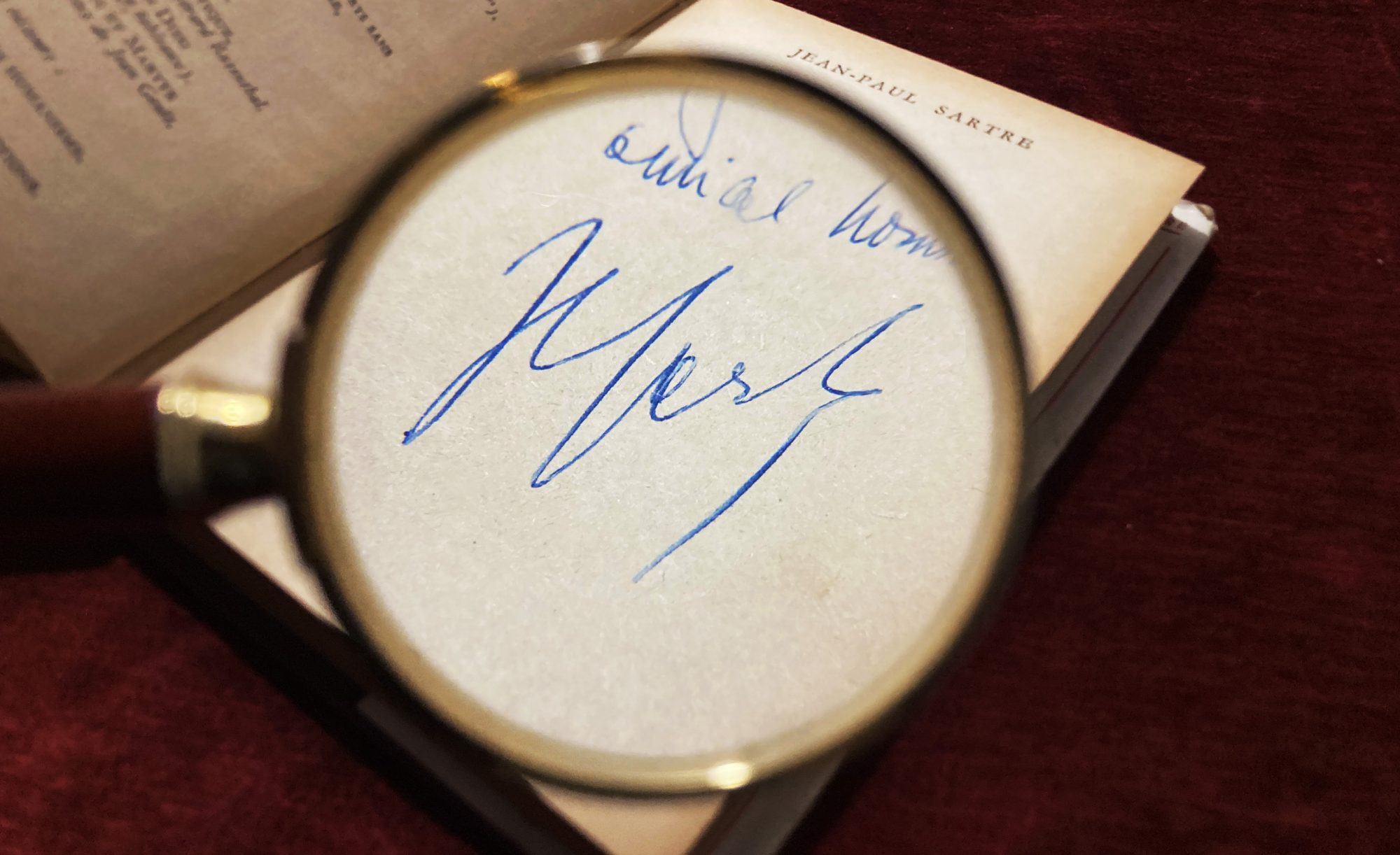
Blog
Vintage travel brochures – Collecting tips

Vintage Brochures as Collectibles
Collecting vintage travel brochures can be an intriguing hobby with several compelling reasons to dive in.
Firstly, these brochures are visually captivating due to their vibrant colors. Secondly, they offer valuable historical and informative content. And perhaps most enticingly, they come at a fraction of the cost compared to the items and services they once advertised. Moreover, the diversity within the advertising field means collectors can explore various areas of interest.
Vintage Brochures Formats
Just about all of the brochures are printed on paper. They are mostly illustrated and contain various information. However, there are numerous types of vintage brochures. The first notable difference lies in their form, specifically their format.
The first type is a leaflet, a single sheet of paper that can be folded in various ways. Leaflets can be folded into bi-folds, C tri-folds, gate tri-folds, double gatefolds, accordion Z-folds, or French folds, depending on the desired layout.
Another format commonly found is the booklet. Booklets typically have a smaller number of pages, rarely exceeding 20. They are often bound with staples and resemble miniature books, offering a compact yet informative presentation.
The third format is referred to as a pamphlet. Pamphlets are similar to booklets in content and structure, but they lack covers.
Vintage Travel brochures
The second important difference between brochures is the type of information that they provide. The information in vintage brochures is as diverse as its formats. The most common ones are travel brochures. Nowadays, when we choose our ideal destination we do that mainly through the Internet. We are capturing the essence of the place on our Instagram or Facebook feeds. Vacation brochures almost seem like relics of the trip-planning. As such, they hold sentimental and historic value. Travel brochures might also contain ticket prices and timetables.
Other brochures
There are also other brochures which are printed for advertisement purposes. They look like mini-catalogs describing products available for sale. For example, there are vintage brochures for tractors and other farming equipment. Many farmers weren’t living near a big city or didn’t have easy access to a dealer showroom. That’s the reason why catalogs and brochures were often the main way of advertising. These catalogs featured specifications and pictures of the machines, as well as descriptions of their uses.
Today’s collectors usually buy vintage tractor catalogs to accompany tractors they already own or want to own. Much more affordable than the real thing, these paper items can range from a few dollars to north of a hundred. The same goes for other brochures printed by large manufacturing companies. Weapons manufacturers often print similar types of brochures, called operational manuals.
There are also the so-called souvenir brochures, printed to boast about the wonders found at tourist sites, world fairs, natural wonders, plays, theme parks, museums, etc.
Finally, different organizations print brochures for non-profit purposes. Government, medical, and nonprofit organizations have also printed and distributed brochures on preparing for or avoiding disasters.
Due to the variety of vintage brochures and their availability on the market, they have become one of the most popular forms of paper collectibles.
Feel free to check out our new collection of original vintage brochures















